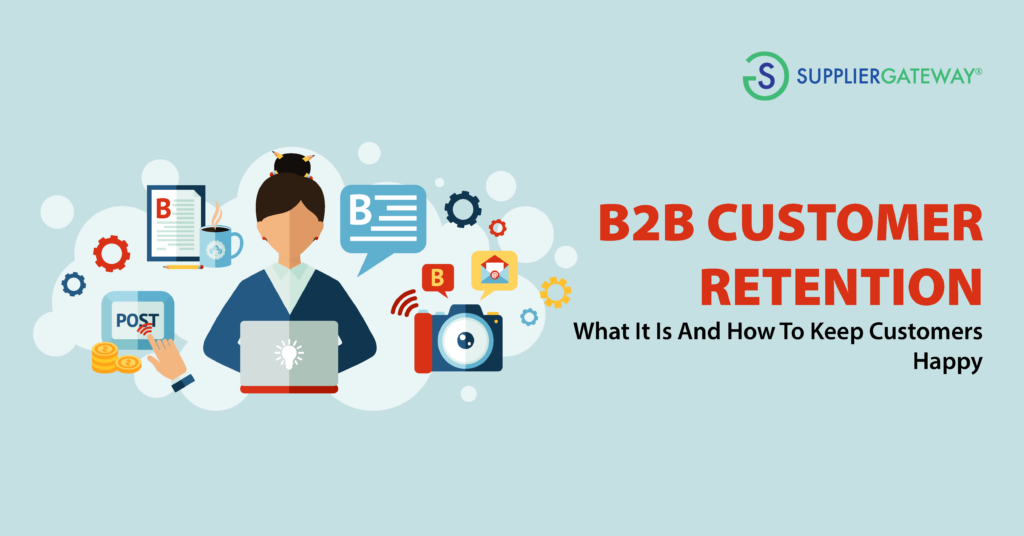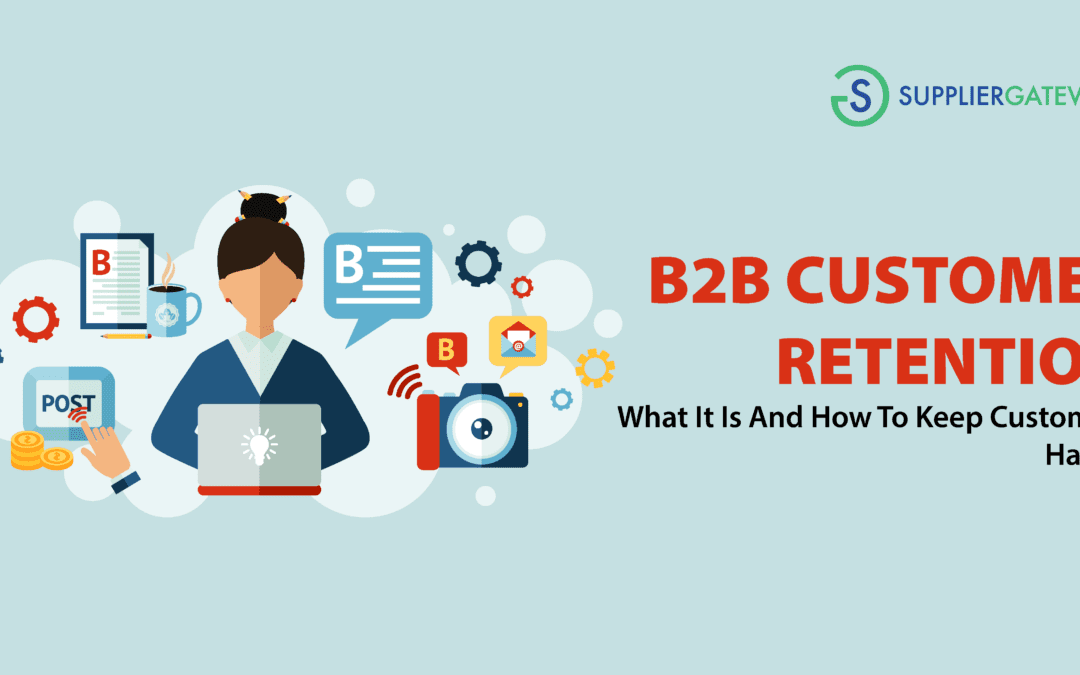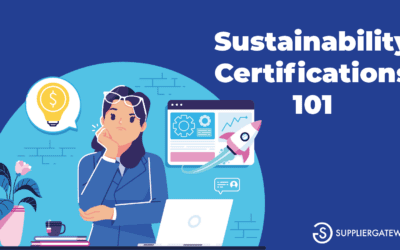
Keep your business allies close with the magic of B2B Customer Retention.
Acquiring a new customer is always exciting. Yet, it doesn’t mean they will stay with you permanently. It is a common mistake for businesses to overlook their existing valuable customers and instead, focus so heavily on acquiring new customers they fail to retain their existing ones.
The Fascinating Numbers Tell The Truth
Excellent customer experience is a significant competitive advantage that drives sales and great branding practice that potentially leads to referrals. A study conducted by The New York Times found that 65 percent of companies’ new business comes from referrals. Here are some customer retention stats you should be aware of:
- Acquiring a new customer can cost five times more than retaining an existing customer. (Invesp)
- 73% of U.S. consumers say that customer experience is a critical factor in their purchasing decision. If they love a company or product, 59% will still walk away after several bad experiences, and 17% will walk away after just one bad experience. (PwC)
- Loyal customers are 5x as likely to repurchase, 5x as likely to forgive, 4x as likely to refer, and 7x as likely to try a new offering. (Temkin Group)
- 51% of B2B companies avoid vendors after a poor customer service experience. (Zendesk)
- Among B2B decision makers, lack of speed in interactions with their suppliers is the number one pain point, mentioned twice as often as price (Temkin Group)
Calculate Your Customer Retention Rate
The above numbers have shown that customer retention is one of the best ways to increase your business revenue. Before diving into the solutions, it’s crucial to understand the key metric to guide and improve your customer retention strategy.
Customer Retention Rate (CRR) is a metric showing the number of customers that continue to do business with you over a given period. CRR is calculated as a percentage of the existing customers that maintain their loyalty to your business. With CRR, you can understand the lifetime customer value and quantify the efficacy of your current strategy.
Formula: CRR (%) = ((E-N)/S) x 100
The information you will need:
- The number of customers at the end of a period (E)
- The number of new customers acquired during that period (N)
- Number of customers at the start of that period (S)
The result is a percentage that represents the customer churn rate. For example, if a company had 200 customers at the start of the period (S), then added 10 customers over the period (N), and 150 customers at the end of the period (E), the CRR would be 70%, or ((150-10) / 200) X 100 = 70%.
The goal here is to keep this rate as high as possible. What’s a reasonable retention rate by industry? The answer is infinite cause no one-size-fits-all. According to Mixpanel’s 2017 Product Benchmarks report, the average 8-week retention is below 20% for most industries.
How To Combat Losing Your B2B Customers And Keep Them Satisfied:
While it’s impossible to achieve 100% customer retention, you should still do your best within the realm of possibility to keep as many customers as you can. To do so, you need a solid customer retention strategy. Here are some highlighting ways you can apply to your business:
Setting The Right Expectations
“I don’t want to over-promise and under-deliver.” – Larry Hogan.
Even though you want to boost your B2B customer retention figures, being overpromised will cost you more than you imagined. Customers are easily upset and even considering switching to your competitors if their expectations or perceived parameters are not met. Hence, it’s essential to be clear in what you can do, when you will deliver, and how you can make sure you keep your words and not disappoint them. The golden rule here is being transparent and straightforward in terms of communication.
Stay In Touch With Your Current Customers Base
Alert them with all upcoming promotions, discounts or reward programs, product updates that you think it’s relevant and exciting to your customers. Even if your efforts don’t drive sales immediately, your brand will pop up first in their mind at the right time.
Inviting Customer Feedback And Work On Solutions
Inviting feedback is one of the most personal experiences to build a long-term relationship with your customers. By doing so, customers feel their experiences and needs are being noticed and cared about, making them feel more comfortable and open to express any concerns or complaints instead of walking away. However, it’s also essential to work on solutions after collecting feedback.
You can collect customer feedback by checking in with them via phone, email or any other communication that is most convenient for you and your customers.
Leverage Customer Surveys
Unlike the personal customer feedback mentioned above, a survey is a great practice to get the statistics within your customer base regarding your products and services, new specific changes to have valuable insights for your organization. It helps understand your customer needs and wants.
Send Old-Fashioned Mail
It’s time to step away from the tablet and computer. The average customer today is intimidating by emails, phone calls and other digital channels. Sending a “Thank You” or “We Value Your Business” handwritten note along with some promotional items on special occasions will be a game-changer of boosting customer loyalty. This unique gesture stands out in the long run as it sticks to customer’s good memories. It’s never wrong to show your appreciation and let them know how much you value them.
About us:
At SupplierGateway, we offer a robust platform for suppliers where you can gain access to new business opportunities and connect with customers of all sizes – from Fortune 500 companies and globally recognized companies to your local health system, manufacturer or business. Our easy-to-use app will help you stay connected to the opportunities that could make all the difference to your bottom line.











